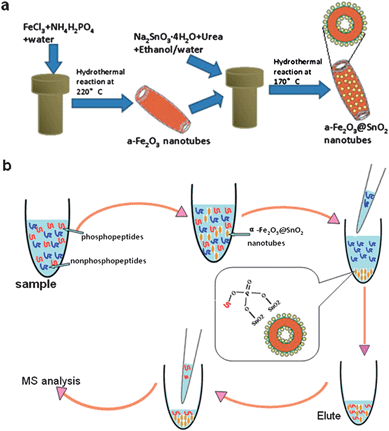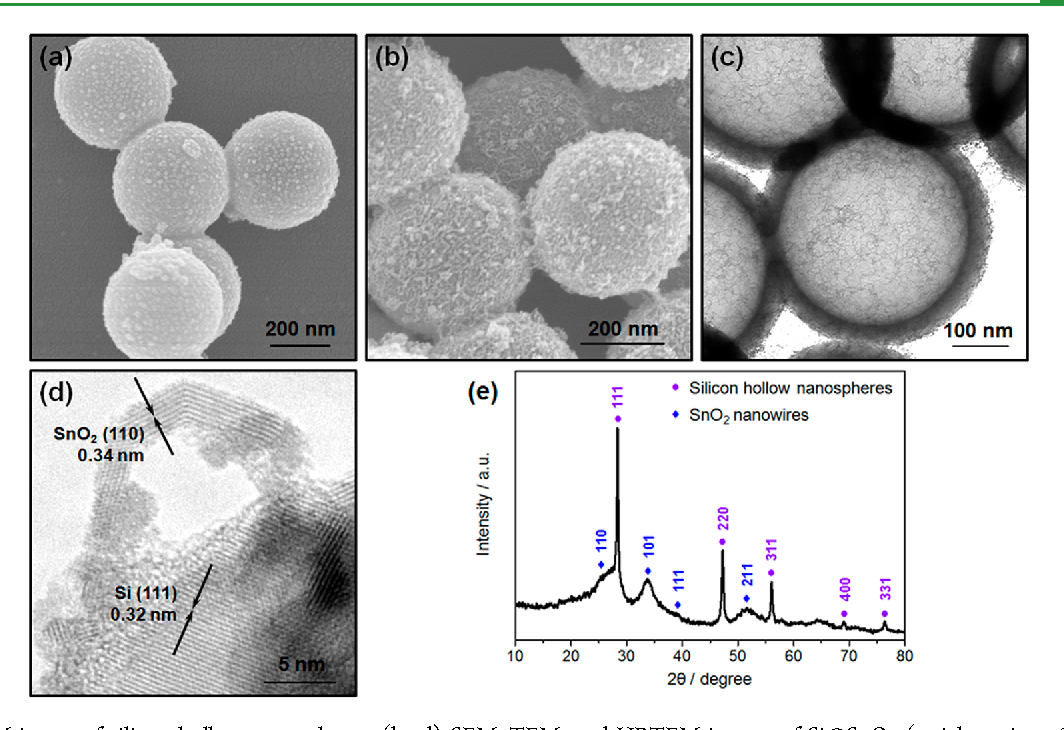

In addition, the maintenance of the size of SnO 2 in the microwave method during sintering contributed to the higher response towards CO sensing. The core-shell microspheres of TiO2SnO2 were formed by a self-assembly process, accompanied by the Kirkendall effect. The reversible capacity of SnO(2)/WO(3) core-shell nanorods is 845.9 mA. WO(3) nanorods are uniformly coated with SnO(2) nanoparticles via a facile wet-chemical route. 10 nm composed of mainly graphitic carbon. 40 nm containing iron species and a shell thickness of ca. The synthesized CNSFe catalyst exhibited a coreshell structure with a core of ca. The role of the Au core as a catalyst in improving the adsorption and oxidation of CO gas is important for improving the low temperature response. The results open a way for enhancing the reversible capacity of alloy-type metal oxide anode materials with a novel mechanism by which nanostructured metallic tungsten makes extra Li(2)O (from SnO(2)) reversibly convert to Li(+). We synthesized a unique carbon nanosphere (CNS)-encapsulated Fe coreshell catalyst (CNSFe) for CO2 hydrogenation.


The obtained results from XRD show that the SnO2 nanoparticles coated on TiO2 yields diffraction. Both sets of core-shell particles showed higher sensor response than the SnO 2 nanoparticles. characterize the TiO2/ SnO2 core shell nanocomposites. The Au/SnO 2 particles prepared using the microwave method showed higher sensor response than those prepared using the precipitation method, even providing a significant signal at testing temperatures approaching ambient conditions, thereby affording a new class of material for gas sensing. The resistance changes in films of these particles were measured as a function of CO concentration. Here, we demonstrate that exposing SnO 2-core/ZrO 2-shell films to acid permits photoinduced electron transfer through ZrO 2-shells at least 4 nm thick. Upon heating to 400–600 ☌, both particles maintained their core-shell morphology but the smaller SnO 2 particles prepared using the precipitation method were more sintered. Coreshell architectures are used to modulate injection and recombination in dye-sensitized photoelectrochemical cells. The particle size of SnO 2 synthesized using the microwave and precipitation method was 3–5 nm and 1–2 nm, respectively. In both cases, the size of the Au core was 12–18 nm and the thickness of the SnO 2 shell was 8–12 nm. Temperature dependent kinetics for back-electron transfer (BET) from electrons in TiO 2 or SnO 2 /TiO 2 core/shell nanoparticles to oxidized donor-bridge-acceptor (D-B-A) sensitizers is reported over a 110° range. Au/SnO 2 core-shell structure nanoparticles (NPs) were synthesized using two methods, microwave and conventional precipitation.


 0 kommentar(er)
0 kommentar(er)
